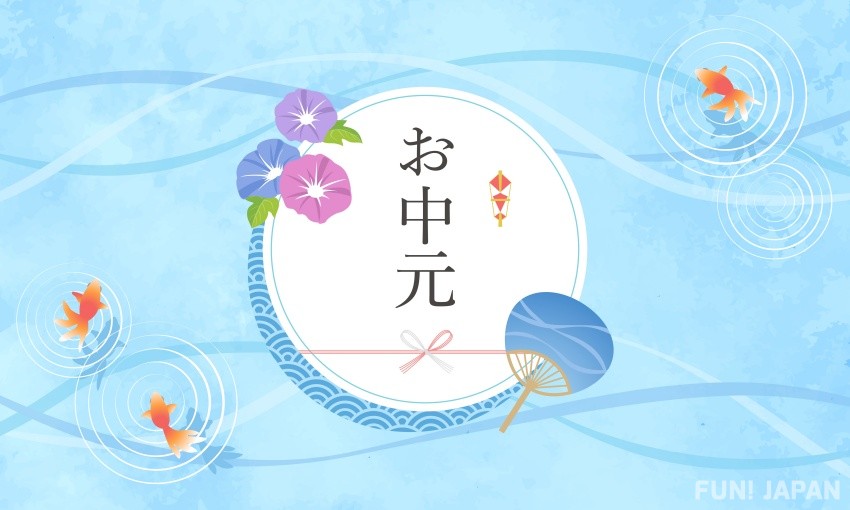
As we approach summer, there are many stores across Japan which will suddenly become filled with new items related to one of Japan's common customs - summer gifting. What kind of custom is this? Why does it exist? What are summer greeting cards and late summer greeting cards? Let's take a deep dive into this custom and learn all about it to answer these questions!
What is Summer Gifting?
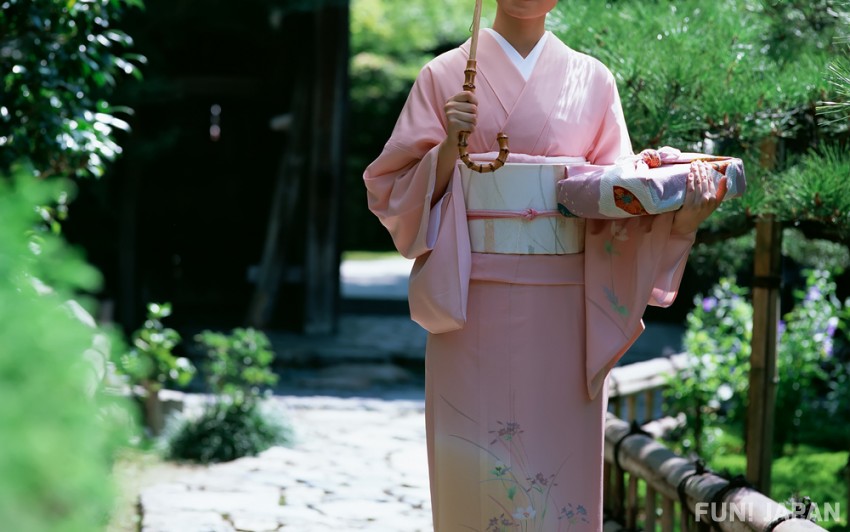
In Japan, summer gifting is the custom of giving a present to someone you're indebted to (Parents / Work Colleagues / Friends, etc.). It is to show your thanks and ask them for their continued support.
The day itself originates from ancient China during the 15th day of the 1st, 7th, and 10th lunar months as a day to celebrate the faith in the heavenly gods. From within those, the 15th day of the 7th lunar month is one of Japan's many Buddhist-related holidays known as the "Bon Lantern Festival", during this day people would give gifts to the gods, which is said to be where the custom of giving gifts during this time originated.
When are you Supposed to Send these Gifts?
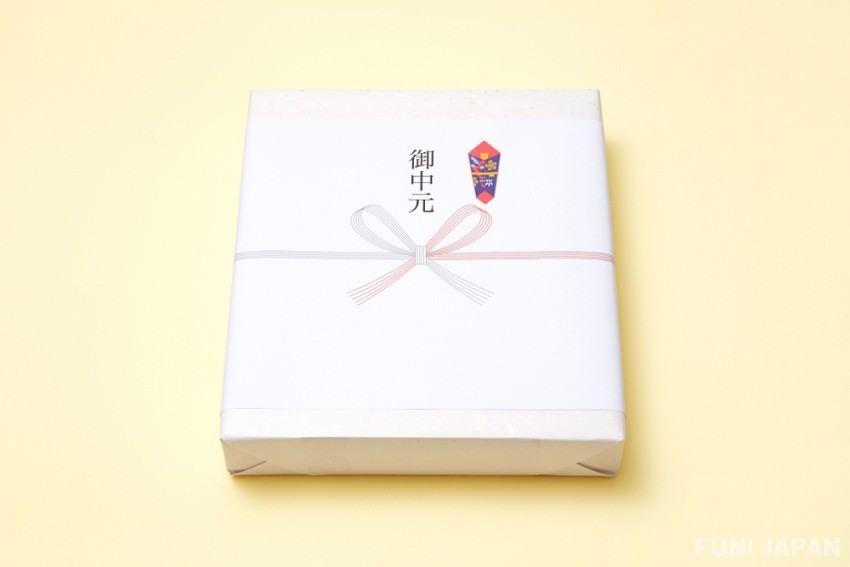
Summer gifting became more widespread from around 1897 onwards during the Meiji Era of Japan, where you would start to find certain department stores creating displays with gifts, especially for this occasion during summer.

In the Kanto region, it's common to send gifts at the beginning of July, while in the Kansai region, they still use Japan's old (lunisolar) calendar meaning it's more common to send gifts from the beginning to the middle of August.
What kind of Gifts are Given?
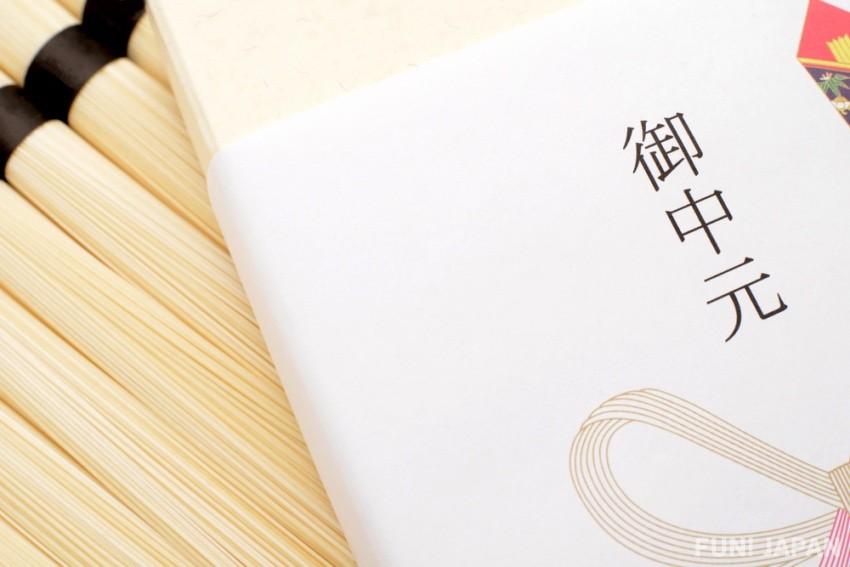
When talking about the staple for summer gifts, it has to be sōmen (fine white noodles)! These noodles are thin and long, said to have the meaning of wanting to ensure a long relationship with the person you are sending them to. Furthermore, during the Edo Period of Japan, sōmen noodles were actually a high-quality food, so much so that they were presented as gifts to generals and even the imperial court! They also preserve very well making them perfect as a gift to send to others, which is just one reason why they're so common today. Due to the recent heatwaves, in more recent years lots of people have opted to send more refreshing items such as foods and drinks. Some of the most high-ranking items being beer and juice! There are also items such as watermelon, melon, mango, or other fruits!
What are Summer and Late Summer Greeting Cards?

These cards are similar to summer gifting and are sent to wish for the wellbeing of those you are indebted to.
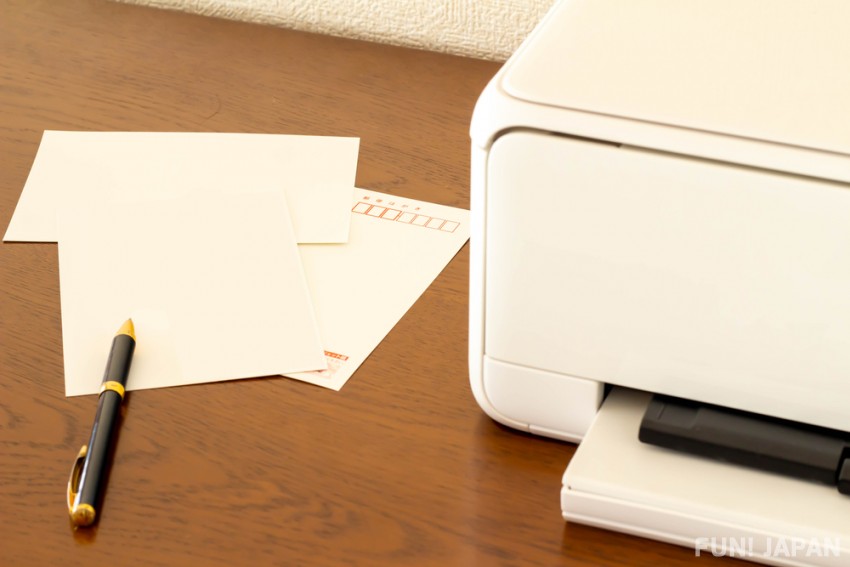
The culture of these cards is said to have been an extension of summer gifting from ancient Japan. Summer gifting actually has a custom of handing the presents over in person, however, if the person was far away, it's said that most people would instead send a letter. This custom began around 1868 during the Meiji era when Japan began its postal service, gaining popularity year by year. The letters were sent to inquire about someone's health during the heat of summer.
What are the Differences?

The difference between summer greeting cards and late summer greeting cards, as the name suggests, is the time in which they are sent. The most common time to send these cards is just after the rainy season of Japan ends until around the first day of Autumn. Once the first day of autumn passes, the cards can then be classed as late.
In current Japan, both of these customs have the meaning of "Wishing for and caring about the health of those close to you"!
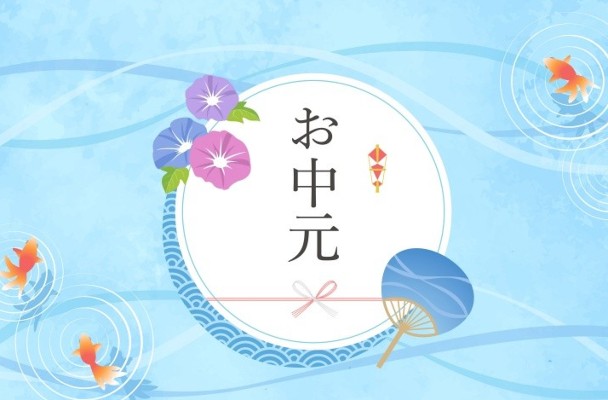
Comments